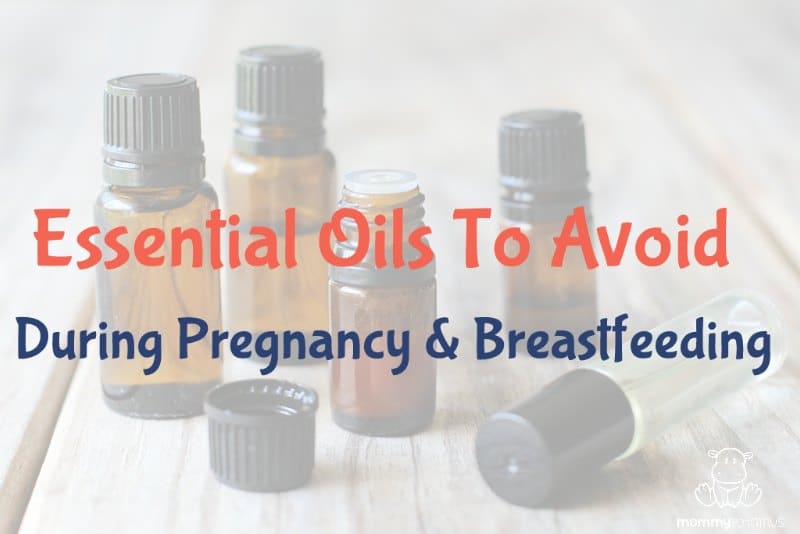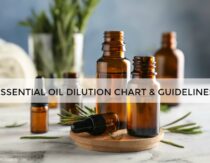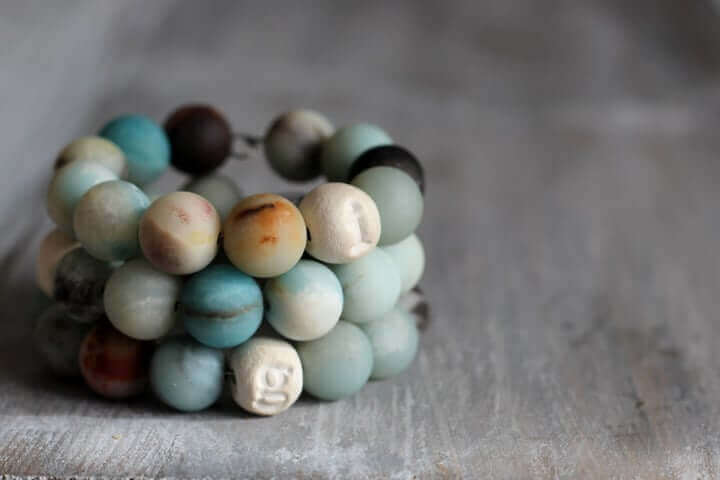
Give me a choice between Skittles and homemade gummy snacks, and I’m going to choose the gummies. DIY coconut lime electrolyte drink over Gatorade? Yep, every time. But just because something is natural doesn’t automatically mean it’s necessarily safe during every phase of life and in any amount.
Essential oils can be incredibly helpful for digestive support, soothing muscle aches, and encouraging restful sleep during pregnancy and breastfeeding, but their individual safety profiles need to be considered before use. Certain ones should be used sparingly or completely avoided. Not because they are adulterated or low-quality – although those should definitely be avoided as well – but because they contain constituents that could be harmful.
For example, wintergreen contains a very high concentration of methyl salicylate, which is classified as teratogenic (capable of causing birth defects or possibly ending a pregnancy).
According to Robert Tisserand, author of Essential Oil Safety:
Essential oil constituents in general are likely to cross the placenta efficiently because of their favorable lipophilicity and low molecular weight.”
However, he adds that this “does not indicate a hazard per se which, for any substance, is determined by plasma concentration and toxicity.” (emphasis mine)
In other words, it’s about understanding that some essential oils are safer than others, knowing which ones to use, and which ones NOT to. Below is a list of those that should always be avoided, plus some that should be used sparingly.
For a list of essential oils that should be used sparingly by pregnant or nursing mothers, check out this post on safe essential oils during pregnancy and breastfeeding.

Essential Oils To Avoid During Pregnancy and Breastfeeding
According to Essential Oil Safety, the following oils should be completely avoided by pregnant and breastfeeding women:
- Anise, Pimpinella anisum
- Anise (star), Illicium verum
- Araucaria, Neocallitropsis pancheri
- Artemisia vestita, Artemisia vestita
- Atractylis, Atractyllodes lancea
- Birch (sweet), Betula lenta
- Black seed, Nigella sativa
- Buchu (diosphenol CT), Agathosma betulina ct. diosphenol
- Buchu (pulegone CT), Agathosma crenulara ct. pulegone
- Calamint (lesser), Calamintha nepeta
- Carrot seed, Daucus carota
- Cassia, Cinnamomum cassia
- Chaste tree, Vitex agnus castus
- Cinnamon bark, Cinnamomum verum
- Costus, Saussurea costus
- Cypress (blue), Callitris intratropica
- Dill seed (Indian), Anethum sowa
- Fennel (bitter), Foeniculum vulgare
- Fennel (sweet), Foeniculum vulgare
- Feverfew, Tanacetum parthenium
- Frankincense, Boswellia papyrifera
- Genipi, Artemisia genepi
- Hibawood, Thujopsis dolobrata
- Ho leaf (camphor CT), Cinnamomum camphora ct. camphor
- Hyssop (pinocamphone CT), Hyssopus officinalis ct. pinocamphone
- Lanyana, Artemisia afra
- Lavender (Spanish), Lavandula stoechas
- Mugwort (common, camphor/thujone CT), Artemisia vulgaris ct. camphor/thujone
- Mugwort (common, chrysanthenyl acetate CT), Artemisia vulgaris ct. chrysanthenyl acetate
- Mugwort (great), Artemisia arborescens
- Myrrh, Commiphora myrrah
- Myrtle (aniseed), Backhousia anisata
- Oregano, Origanum vulgare
- Parsley leaf, Petroselinum crispum
- Parsleyseed, Petroselinum crispum
- Pennyroyal, Hedeoma pulegioides, Mentha pulegium
- Rue, Ruta graveolens
- Sage (Dalmation), Salvia officinalis
- Sage (Spanish), Salvia lavandulifolia
- Savin, Juniperus sabina
- Tansy, Tanacetum vulgare
- Thuja, Thuja occidentalis
- Western red cedar, Thuja plicata
- Wintergreen, Gaultheria fragrantissim
- Wormwood (all chemotypes), Artemisia absinthium
- Wormwood (sea), Artemisia maritime
- Wormwood (white), Artemisia herba-alba
- Yarrow (green), Achillea nobilis
- Zedoary, Curcuma zedoaria
Want more research-backed natural remedies?
No problem, I’ve created a free ebook for you – Kitchen Apothecary: 25+ Natural Remedies Using Ingredients From Your Pantry – as a gift for signing up for my newsletter. You’ll also get updates when I post about safe essential oils for pregnant/breastfeeding mamas, exclusive gifts and coupons (I was able to give away a jar of free coconut oil to anyone who wanted it recently!), plus other goodies.
Sign up using the form below.
This article was medically reviewed by Dr. Sheila Kilbane, MD, a board-certified pediatrician, trained in integrative medicine. As always, this is not personal medical advice and we recommend that you talk with your doctor.




